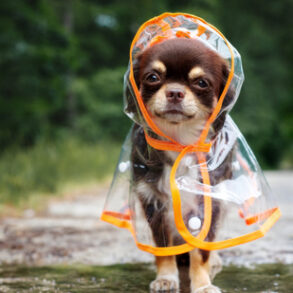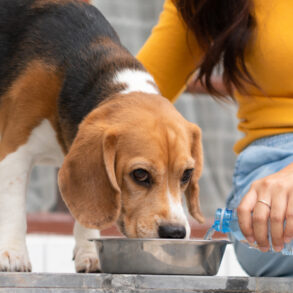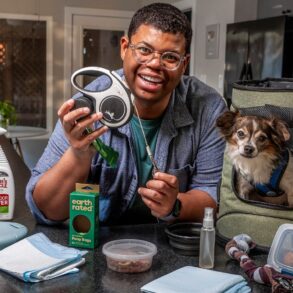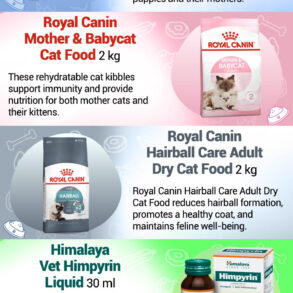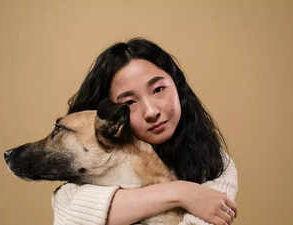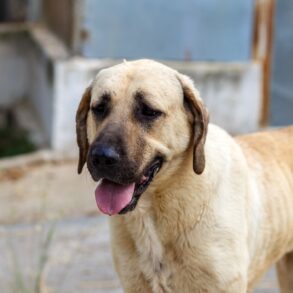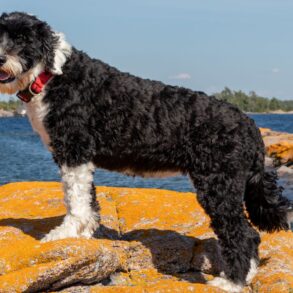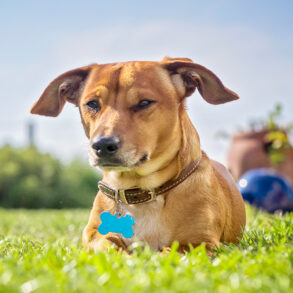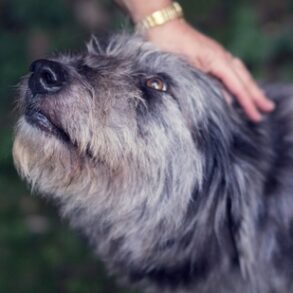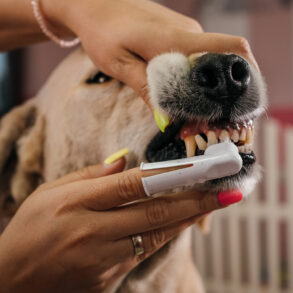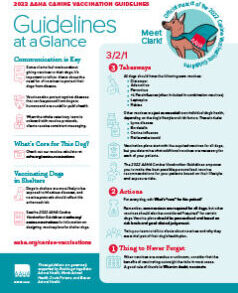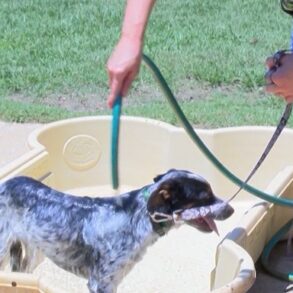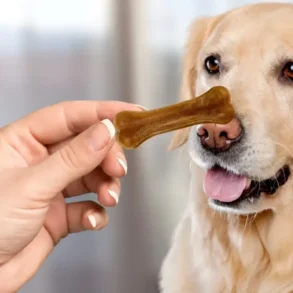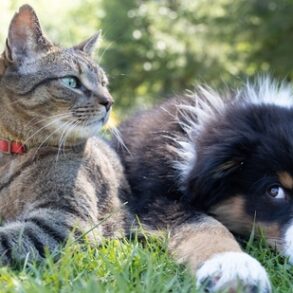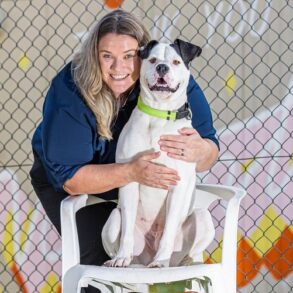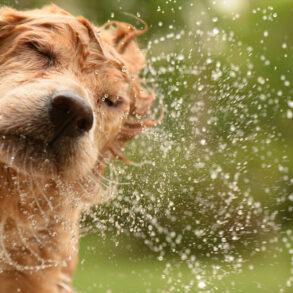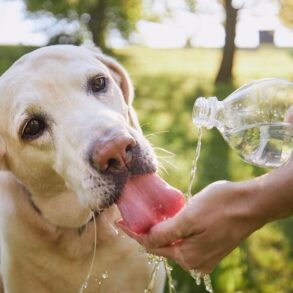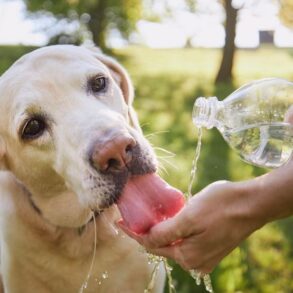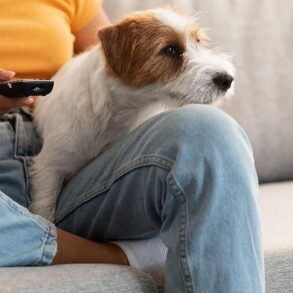
A veterinary advisor has put together eight ways to calm an anxious canine – including one that will see you blasting out Bob Marley. Emily Boardman, Pet Nutritionist and Veterinary Specialist at Burns Pet Nutrition, suggests playing reggae music to soothe your stressed-out dog.
Her advice follows a recent study, commissioned by the healthy dog and cat food firm, that found a quarter of UK pooches were anxious around strangers. The research also found that a quarter of dogs are anxious around other pooches, and one in 10 are nervous around children.
The tips are designed to help your pet feel more comfortable and confident in social situations, especially during the school holidays when dogs may face more unfamiliar places and faces. If you’re concerned about your dog’s anxiety, it’s important to consult with a professional dog behaviourist, trainer, or your vet for additional support.
Emily said: “Helping an anxious dog requires patience, consistency, and a calm approach. By incorporating these surprising tips and using positive reinforcement, you can help your dog build confidence and reduce their anxiety. Every dog is different, and it’s important to respect their limits and work at their pace. Celebrate small victories and always provide a supportive and loving environment for your furry friend.
“If you’re concerned about your dog’s anxiety, it may be beneficial to consult with a professional dog behaviourist, trainer, or your vet for additional support.”
Sound Therapy: Use calming music or white noise to soothe your dog’s anxiety. Studies have shown that certain types of music, such as classical or reggae, can have a calming effect on dogs. This can be especially helpful during loud events or when you’re away from home.
Aromatherapy: Try using essential oils like lavender or chamomile in a diffuser to create a calming environment for your dog. Be sure to use pet-safe products and consult with a vet for proper usage. The soothing scents can help reduce anxiety and create a relaxing atmosphere.
Interactive Toys and Puzzles: Keep your dog’s mind occupied with interactive toys and puzzles. These can provide mental stimulation and distract them from anxiety-inducing situations. Look for toys that dispense treats or have hidden compartments to keep them engaged.
Physical Touch and Massage: Gentle petting and massage can help to calm an anxious dog. Focus on long, slow strokes along their back and sides, and try massaging around their ears and neck. This physical contact can be very reassuring and help to reduce anxiety.
Play Dates with Calm Dogs: Following recommendations from a professional, arrange playdates with calm and friendly dogs.. Socialising with well-behaved dogs can help your anxious pet learn positive behaviours and become more comfortable around other dogs. Just be sure to supervise and ensure the interactions are positive.
Using Calming Products: Consider using calming aids such as anxiety wraps, pheromone diffusers, or natural supplements. These products can help reduce anxiety levels and make your dog feel more relaxed in stressful situations.
Routine and Structure: Maintain a consistent daily routine to provide stability and predictability for your dog. Regular feeding, walking, and playtimes help reduce anxiety by creating predictability in their day-to-day life.
Adjusting to the End of School Holidays: With the school holidays ending, your dog might experience a change in routine and less company during the day. Prepare for this transition by gradually adjusting your dog’s routine to the new schedule. Incorporate extra playtime, walks, and interactive activities to keep them engaged and reduce feelings of loneliness.
This post was originally published on this site be sure to check out more of their content.




